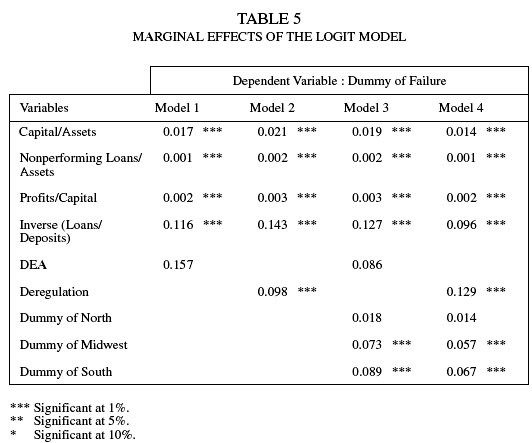Capital Assets Explained
Post on: 21 Сентябрь, 2015 No Comment

Capital Asset Definition
A capital asset is defined in the financial world as any asset used in the course of making money. For this purpose, machinery, factories, and manufacturing equipment are obviously capital assets; however, stocks. bonds. and other securities are also capital assets, since they are primarily used as investments in order to make money. For tax purposes, the capital asset definition is somewhat different, and applies to almost all personal property; however, for investors, the economic definition is more applicable and is the one under discussion here.
Capital Asset Ratio
For material capital assets, such as the aforementioned machinery, factories, and equipment, it is necessary to ascertain the actual income produced by these capital assets over their useful life in order to decide if they constitute a profitable investment of corporate funds. By applying the capital asset ratio test to capital investments, companies can determine the profitability of capital assets and ensure that corporate funds are used to best advantage. The capital asset ratio divides the sales produced by the individual piece of equipment by the cost of the equipment over a period of time, usually the estimated life of the asset. The term capital asset ratio is also sometimes used to refer to the equity held in an asset divided by the current value of an asset; this provides a quick method of deriving an estimate of the companys investment in the asset in question. This is especially helpful when estimating probable return on investment of volatile capital assets with quickly changing values.
Capital Asset Pricing Model
Since capital assets are intended to produce income, the capital asset pricing model is used to determine an appropriate initial investment by estimating its risk and reward probabilities. This method is generally applied to securities, such as stocks and bonds, and compares the risk of financial loss with the likelihood of profit and the amount of such profit to determine the appropriate purchase price for those securities. While the capital asset pricing model is fairly complex, it essentially compares the risk of a specific security or portfolio with the expected reward; lower risk or higher reward increases the value of the capital asset or assets under consideration.
Capital Asset Protection
In order to protect against losses, many companies practice capital asset protection when purchasing securities, offsetting risky positions with safer ones in order to minimize the possibility of loss. This is known as a hedge position, since it is essentially hedging ones bets about the likely returns on capital assets. Financial managers who practice capital asset protection invest in a variety of different financial outcomes to protect the company from overwhelming losses. By investing in some securities that offer guaranteed returns in a bear market and others that depend on a bullish economic outlook, companies can offset losses and ensure a measure of security for capital assets.
Capital Asset Management
Capital asset management comprises a number of elements, but is basically concerned with obtaining maximum profitability from corporate investments, regardless of whether those investments are material assets or securities. By determining the return on investment for capital assets of all types, capital asset management teams can offer accurate advice for future investments while ensuring that current assets create earnings up to their full potential.














